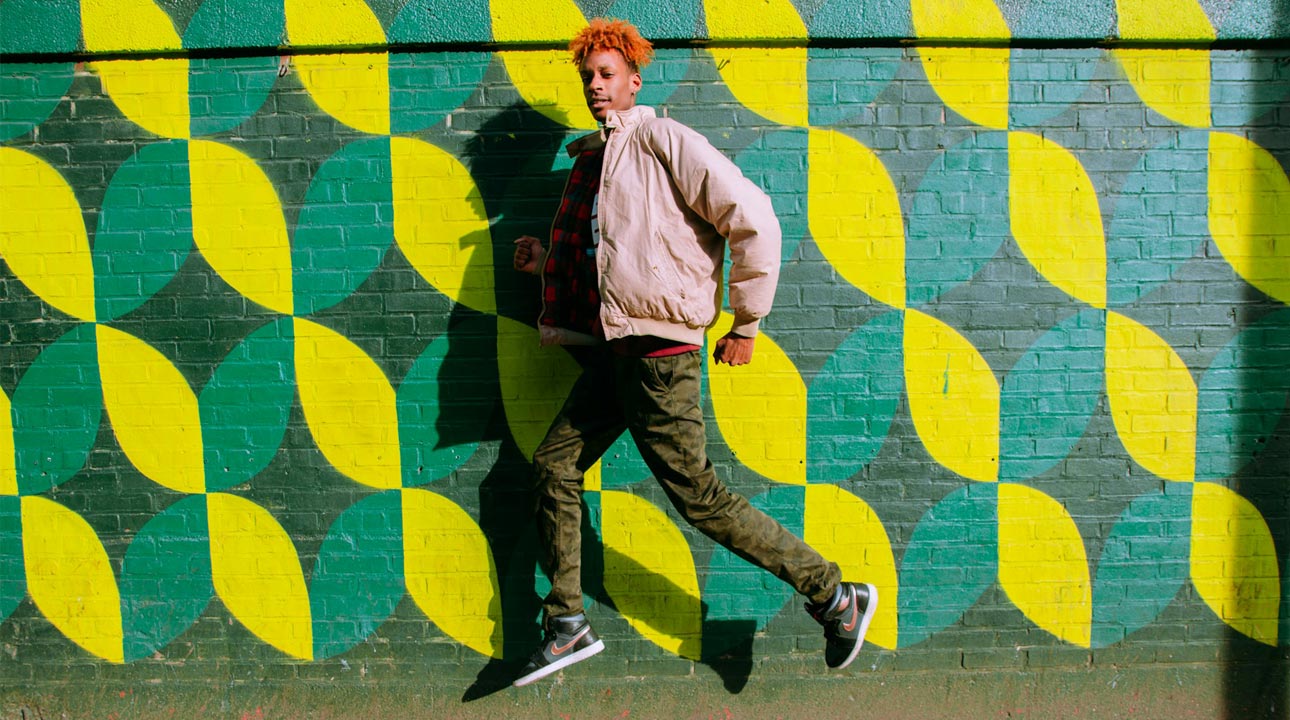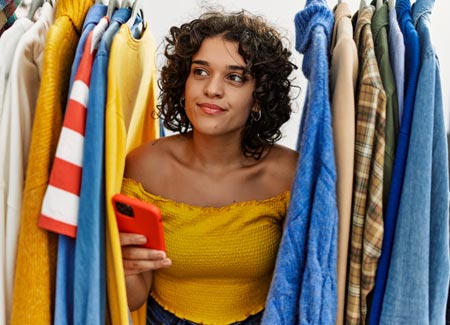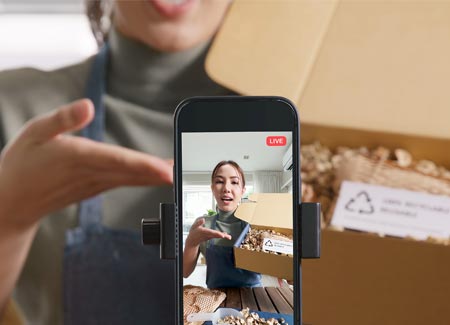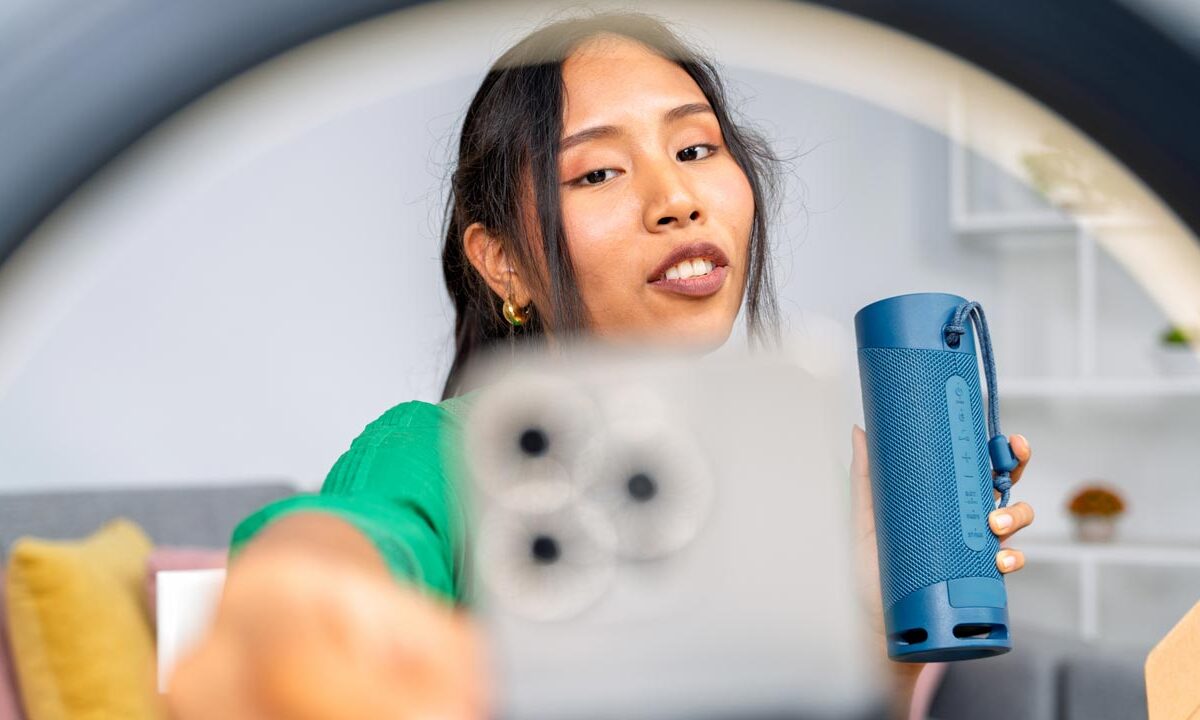
DIRECT-TO-CONSUMER BRANDS ARE AT A CROSSROADS
After a decade of explosive growth, D2C ecommerce brands are now experiencing increased competition and significantly higher customer acquisition costs, all while market growth plateaus.
Believe it or not, despite the ubiquity of ecommerce, online sales today account for less than 17% of total retail sales in the U.S. – a number that peaked during the height of the pandemic (Q2 2020) Simply put, not enough consumers shop online (or shop online often enough) when compared to traditional brick-and-mortar retail. This reality has driven many digital native brands like Warby Parker, Allbirds, and Casper, among others, to find growth via physical retail, experiential pop-ups, and wholesale partnerships.
But the red brick road isn’t always paved with gold. Commercial retail leasing and staffing costs can significantly dilute the healthier profit margins D2C marketers are famous for. But more importantly, brands extending the same general market strategy to different shelves inevitably risk reshuffling the same deck. To truly grow – online and/or offline – audience expansion is required.
As D2C brands recalibrate, there’s a growth engine hiding in plain sight: the New American Consumer.
INTRODUCING... THE NEW AMERICAN CONSUMER
Let’s get clear on the demographics. Multicultural Americans—Latino, Black, Asian, and multiracial communities—now account for over 42% of the U.S. population. By 2045, the country will have no racial majority. Among Gen Z, that future is already here.
Latinos alone make up 19% of the population (64 million people) and are projected to reach 28% by 20601. More than one-third of Latinos are under age 211—meaning they’re not just a growth segment, they are the next generation of super-consumers.

Black and Asian American consumers lead online shopping adoption, with 82.5% and 82.3% using ecommerce regularly2.
66% of Hispanic Americans purchase fast fashion online, compared to just 39% of non-Hispanic consumers1.


Hispanic shoppers are more likely to discover and buy via TikTok, Instagram, and Shein—platforms driving massive sales among Gen Z1.
What’s more, multicultural audiences are more likely to try new brands1, respond better to inclusive marketing, and engage more deeply with influencer content and peer recommendations2.
And because these consumers tend to be brand-loyal when they feel seen and valued3, the long-term payoff is real: lower customer acquisition costs (CAC) and higher customer lifetime value (CLTV).
The takeaway? Multicultural consumers are fueling ecommerce growth—but most D2C brands are overlooking this critical consumer segment, leaving proverbial chips on the table.
CULTURE IS THE NEW CONVERSION FUNNEL
Extending to brick-and-mortar might offer reach, but traditional retail presence alone rarely builds relationship. If your brand launches into physical retail without understanding the cultural nuance of your audience, you’ve simply traded pixels for endcaps.
Culture-inclusive brands have found that physical retail can boost acquisition when it’s done right—especially in multicultural-heavy DMAs like LA, Houston, or Miami. But success isn’t just about placement; it’s about presence with purpose.
This means:
- Creative that reflects the lived experience of multicultural communities
- Engaging local influencers and in-culture content creators
- Packaging, language, and service that reflect regional cultural norms, not just national trends
RELEVANCE IS THE REAL SHELF SPACE
The D2C era isn’t over—it’s just entering a new chapter. One where growth comes not just from broader distribution, but deeper connection. Yes, brick-and-mortar can unlock reach. But multicultural ecommerce is where the next generation of loyalty and lifetime value will be won. It’s the strategy for scale.
Sources: 1. Nielsen, Diverse Voices Report, 2024; 2. eMarketer, US Digital Shoppers and Buyers, 2024; 3. Nielsen, Latino-led content and viewers, 2022.


